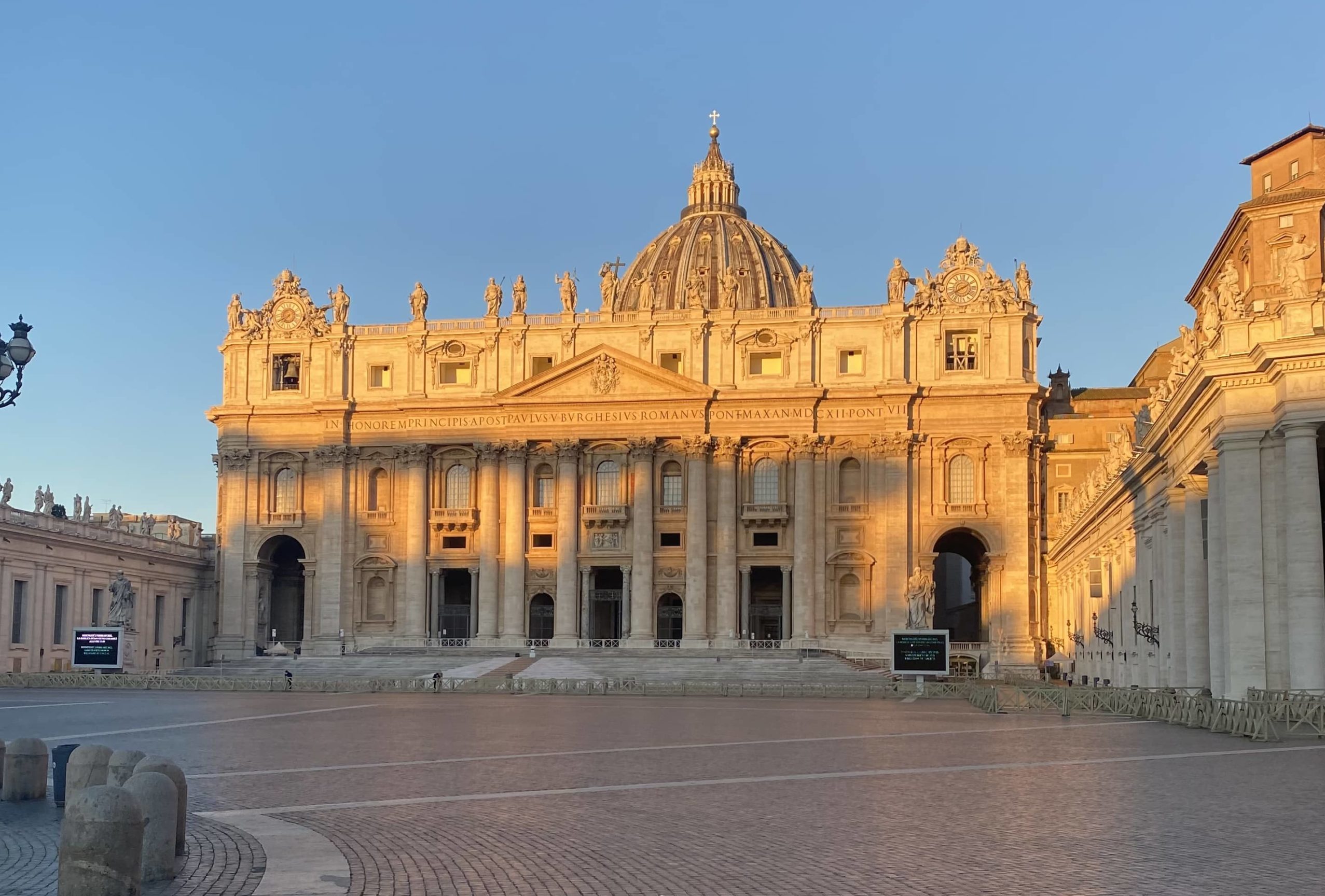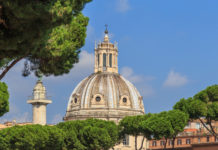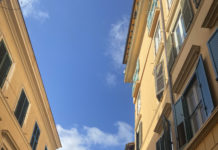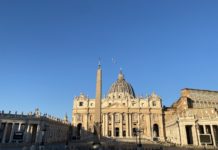Welcome to Rome! This article was written by Katherine Casper, an American, who studied abroad in Rome for five months. This guide will help anyone visiting Rome and explain some of the most powerful examples of baroque art in the city, especially with the access of the Rome City Pass. I hope to encourage you to visit this beautiful and historic city and see some of the main attractions.
Five of the Best Sites to see in Rome
- St. Peter’s Basilica and The Sistine Chapel: The center for Roman Catholicism and the Pope’s residence. St. Peter’s is centered in Vatican City and is open daily for free. Whether you are going to see some of the most famous works of art by Michelangelo or Caravaggio or visiting for a religious excursion, this is an absolute must-see when coming to Rome.
- The Colosseum: One of the greatest sites in Rome and the largest amphitheater ever built. The Colosseum was built between 70-80 AD and once held gruesome performances and entertainment. Today, you can wander around the grounds of the amphitheater, tour the tunnels underground, arena floor, and stands. With the Roma Pass, you can also have skip-the-line access!
- Trevi Fountain: Besides the Colosseum and St. Peter’s, this is arguably one of the most picturesque sites in all of Rome. The fountain was finished in the 1700s and is an exquisite and powerful example of baroque art. It was one of the earliest aqueducts in Rome and according to legend if you throw a coin over your left shoulder, you’ll return to Rome or fall in love. After taking pictures of the beautiful fountain, you can enjoy some gelato nearby!
- Piazza Navona: This is one of the most unique and famous squares filled with baroque art in Rome. It was built on the site of the Stadium of Domitian, built in the first century AD where it could hold athletic competitions. The center of the Piazza holds the Fountain of the Four Rivers made by Bernini in 1651, representing the most important regions where Christianity had been spread. The Piazza also holds the Church of Sant’Agnese in Agone and is dated back to 300 AD when St. Agnes was martyred here.
- Villa Borghese Gardens and Museum: The landscaped garden and is located near Pincian Hill and Piazza del Popolo. It was built in 1606 by Cardinal Scipione Borghese, who wanted to turn his vineyard into gardens. Villa Borghese is one of the most famous parks in Rome and holds the museum, Galleria Borghese, with a collection of twenty rooms of sculptures, paintings, and antiques. The gardens are a relaxing escape from Rome and are home to amazing views. This is a great place to read, have your kids play in the park, and have a nice walk through a green space!
By Katherine Casper








